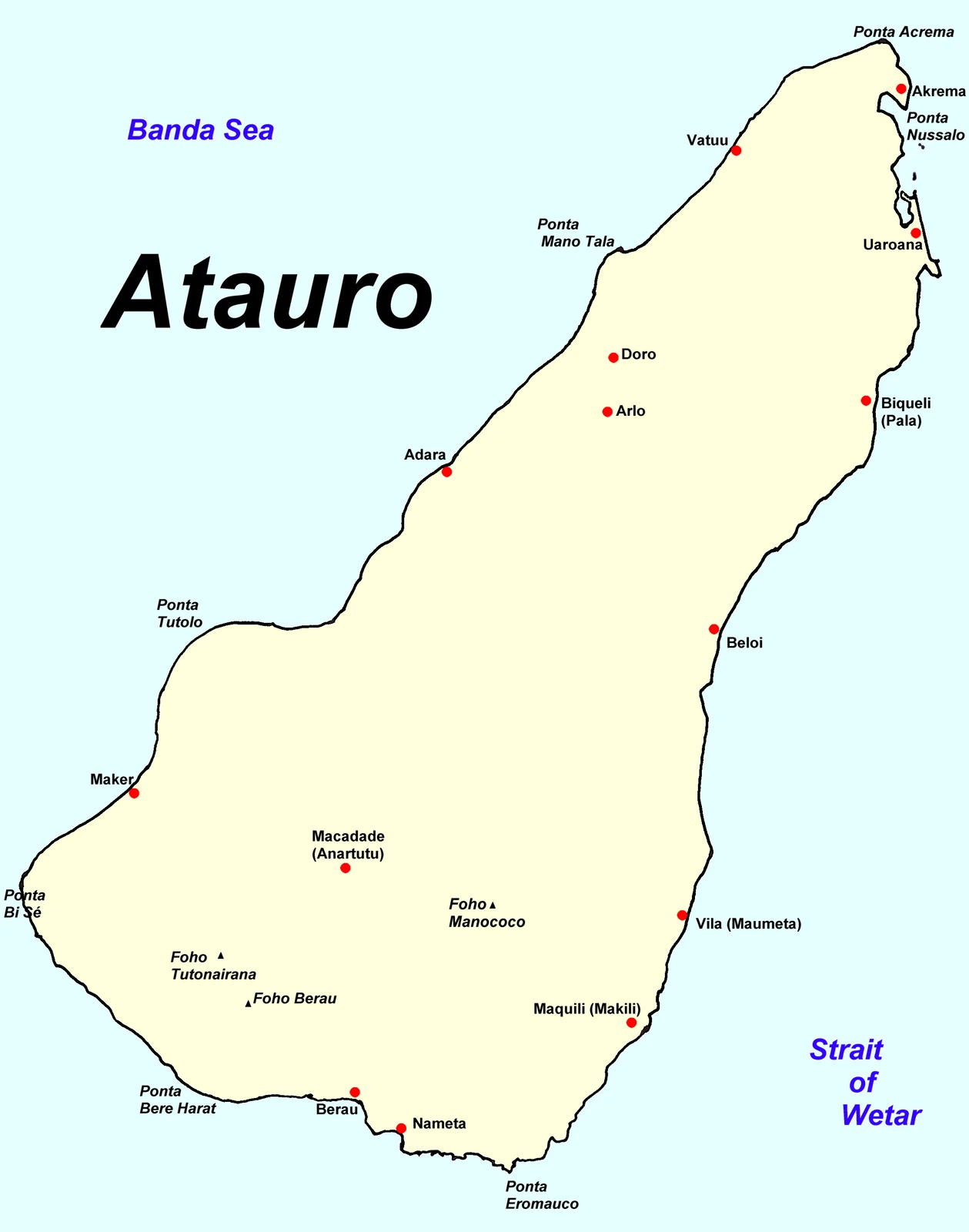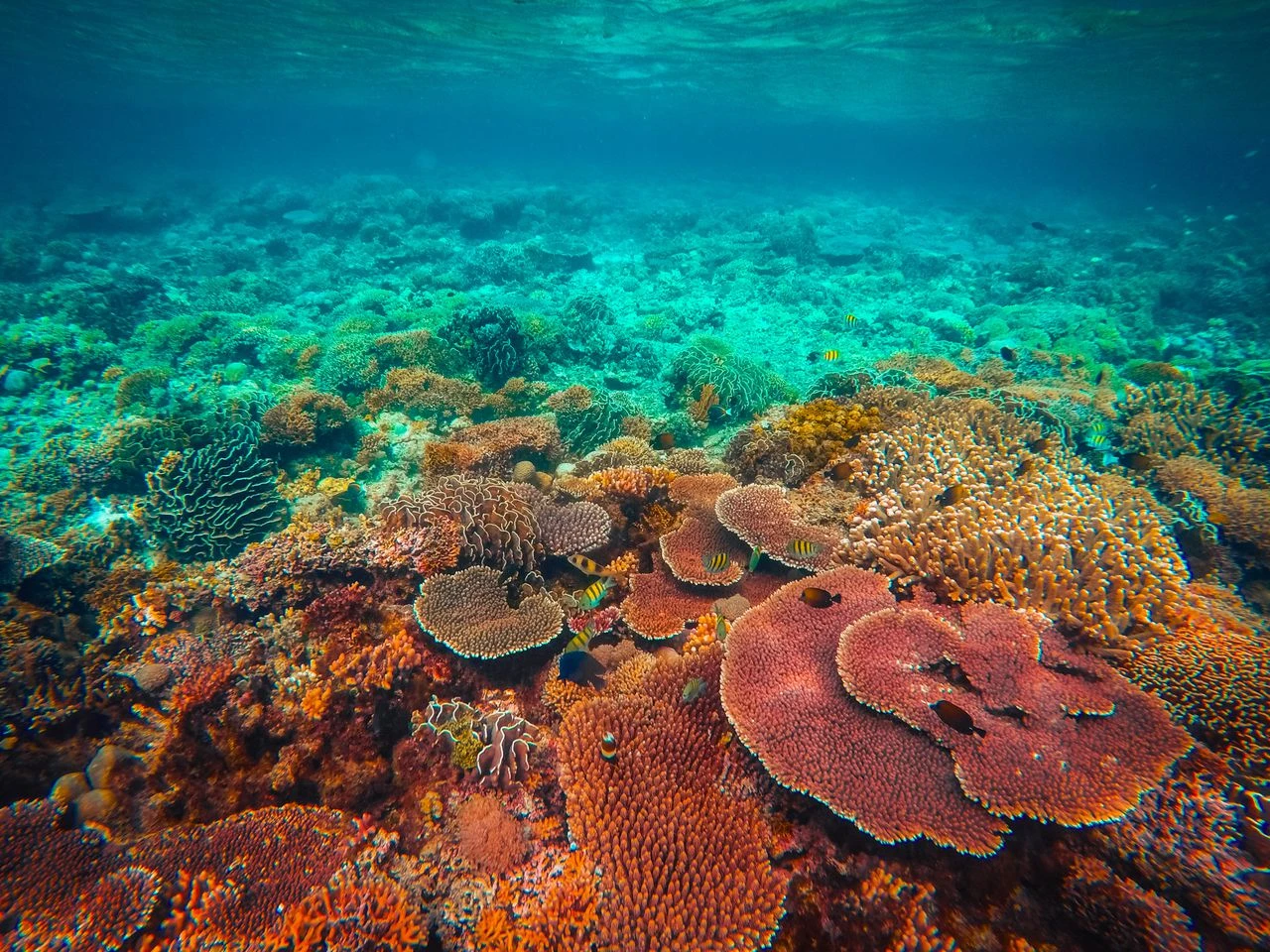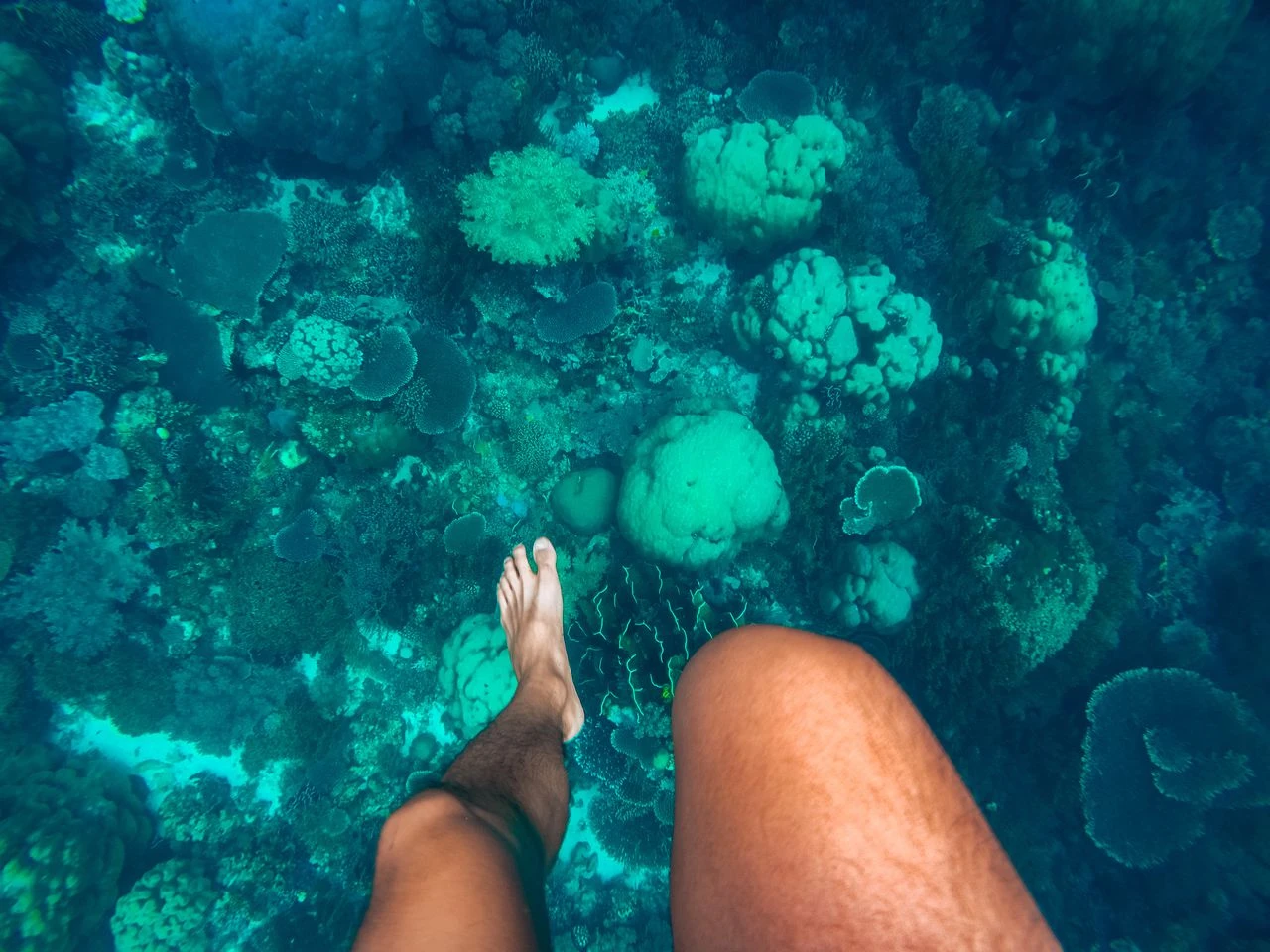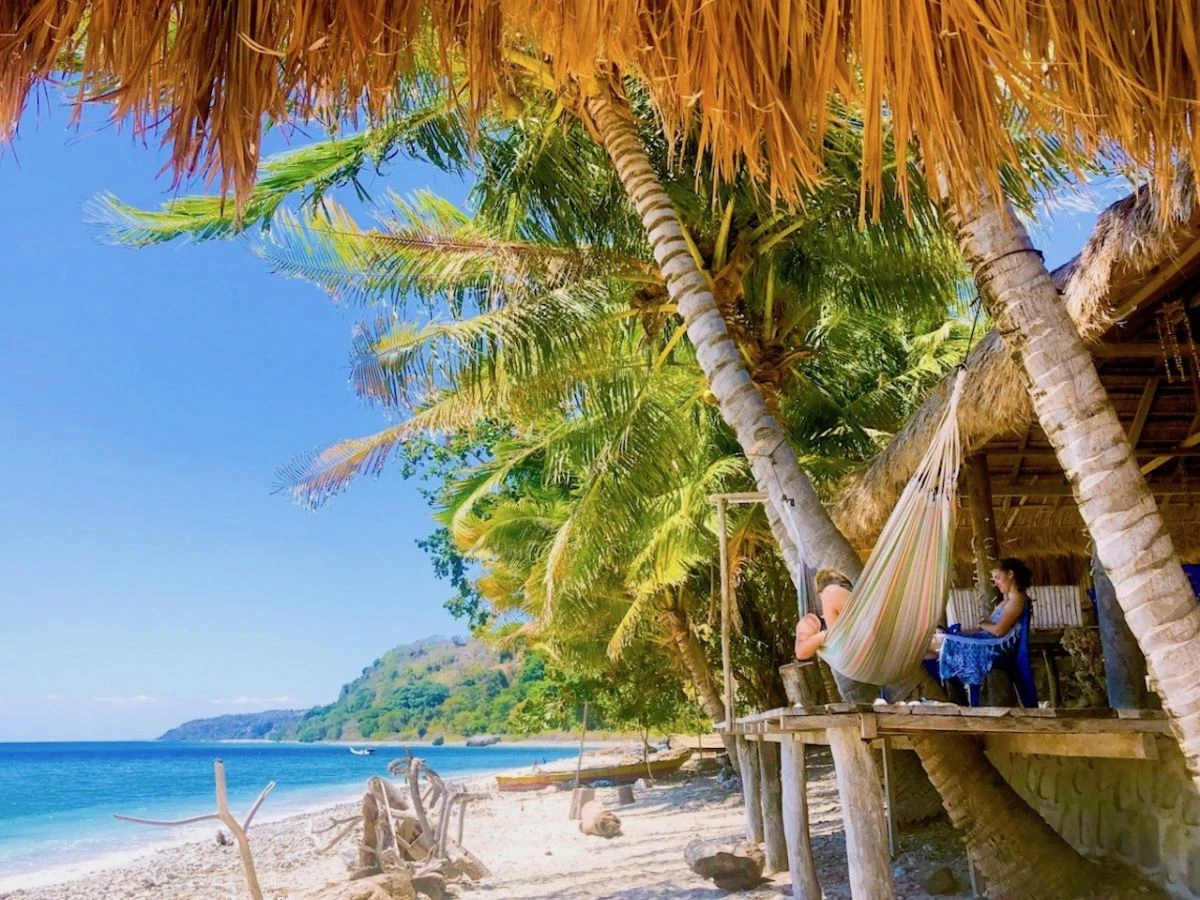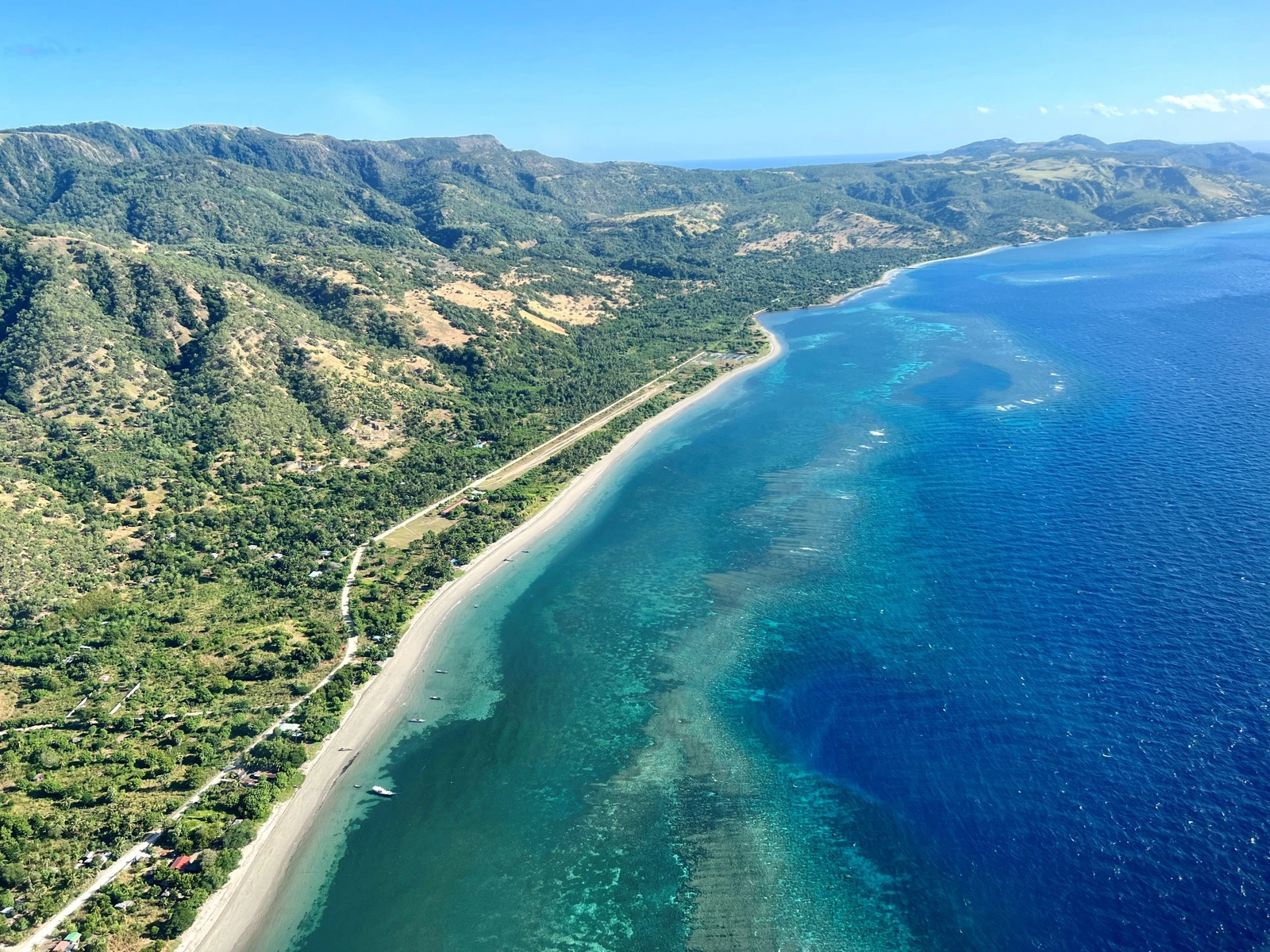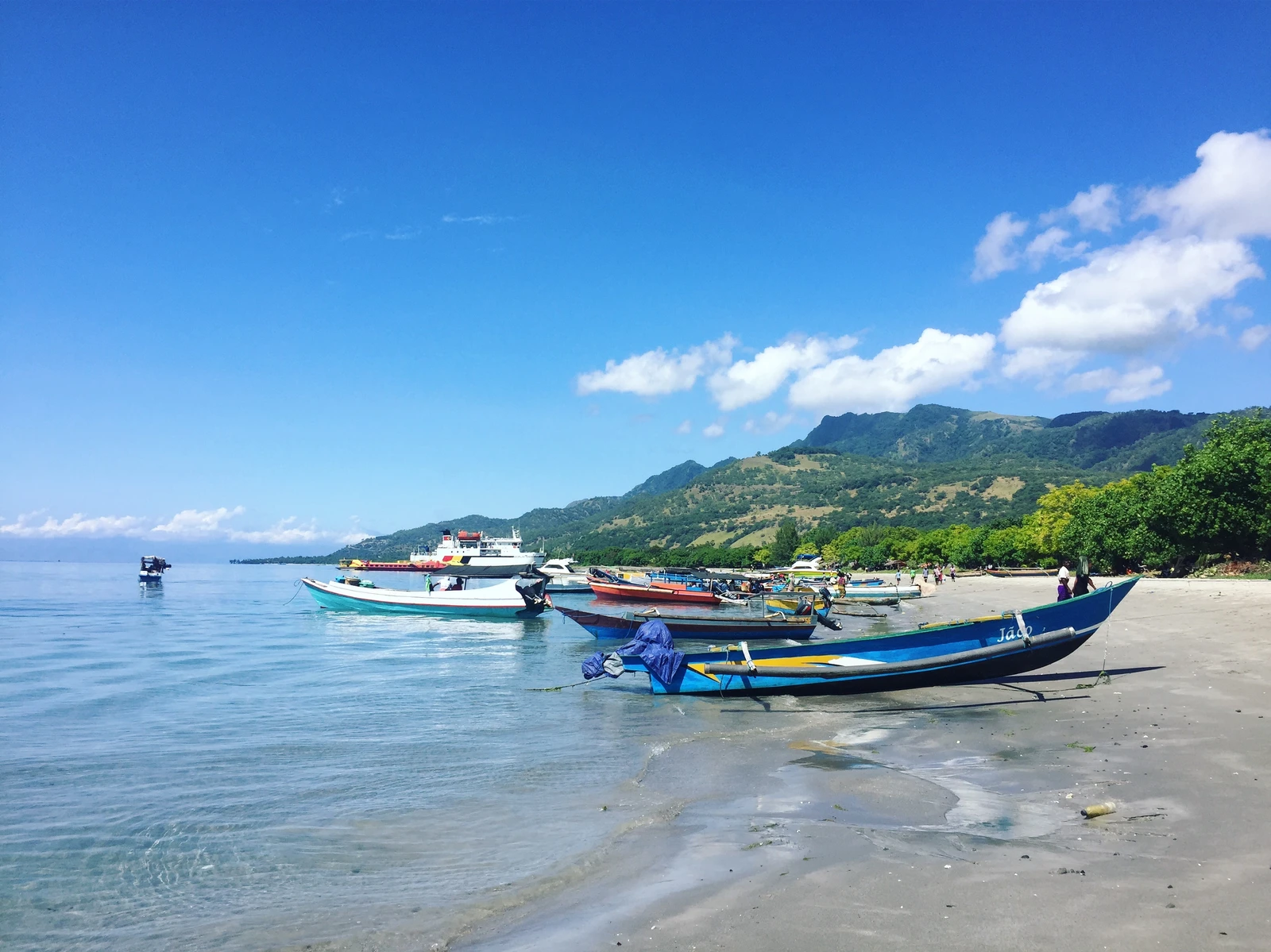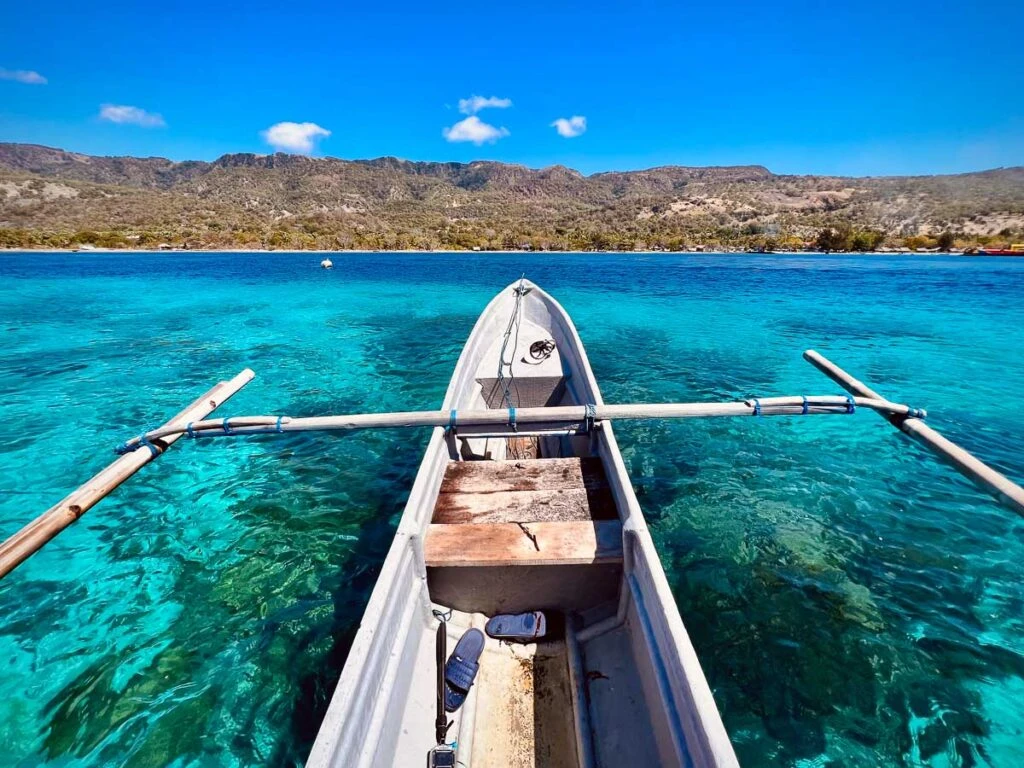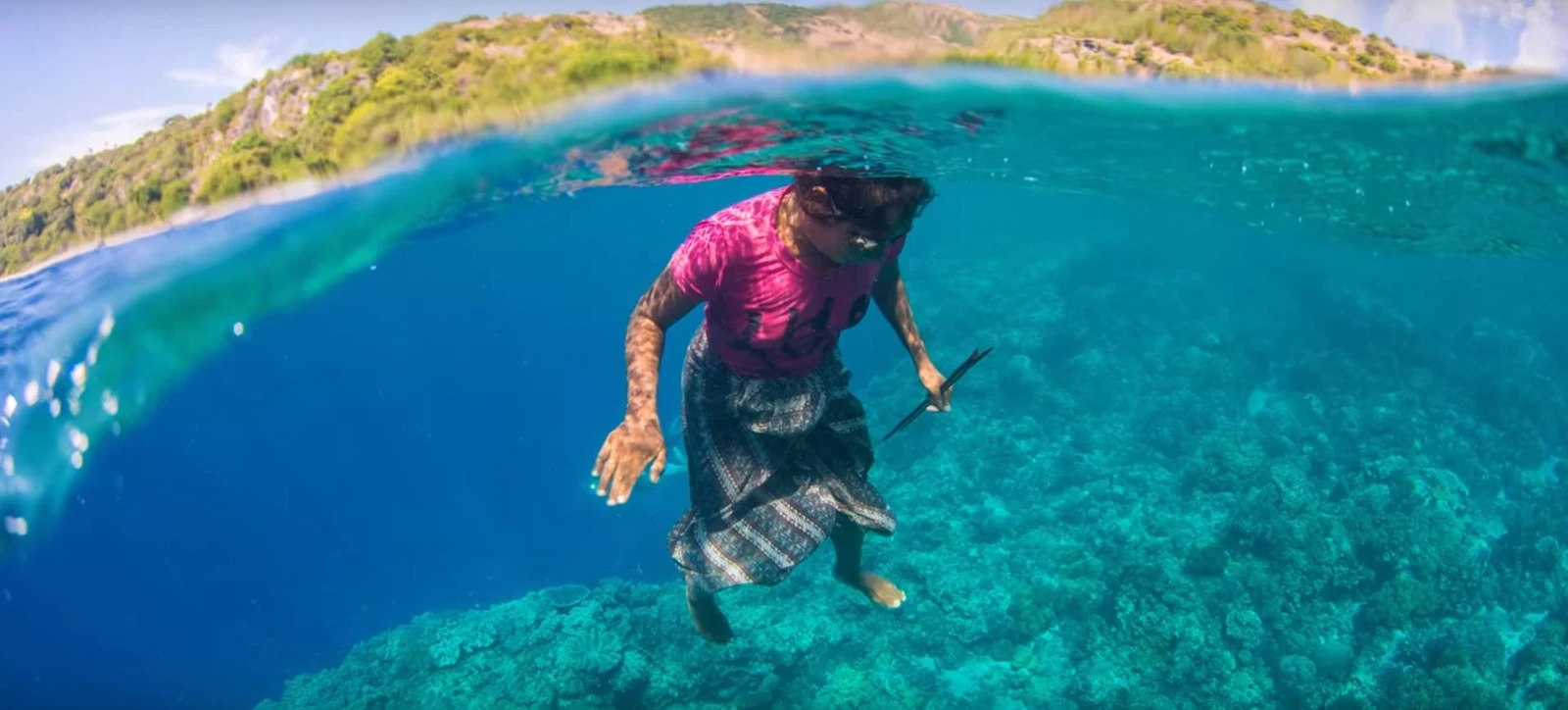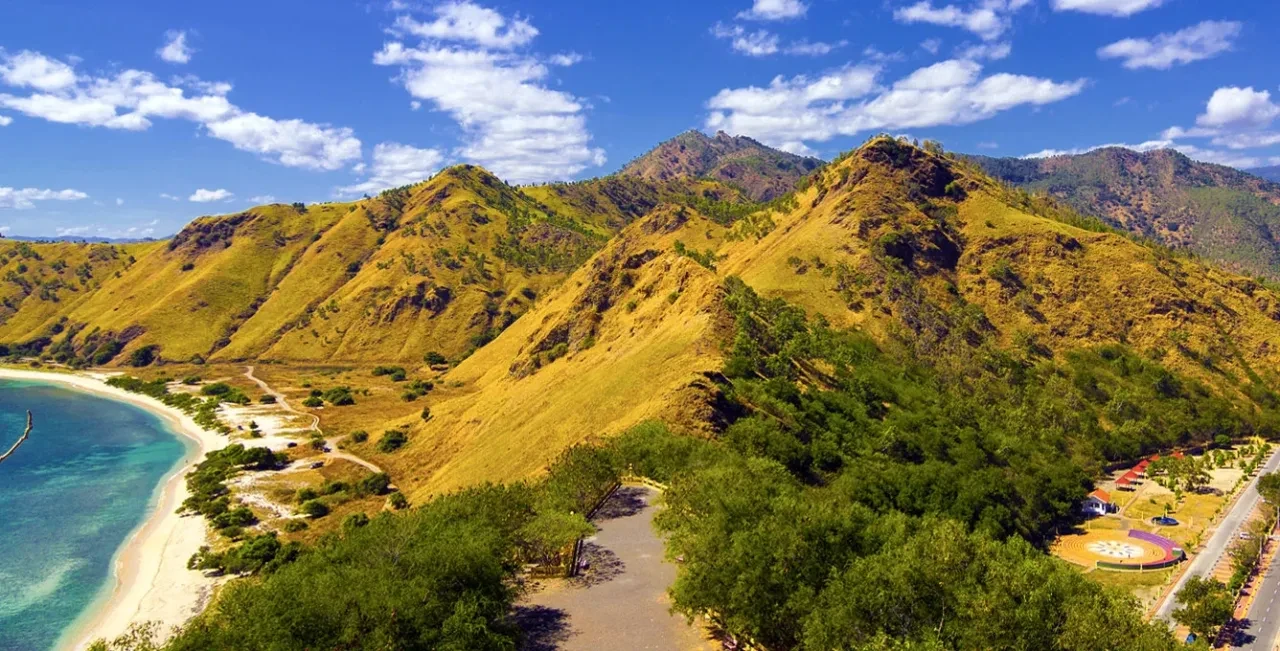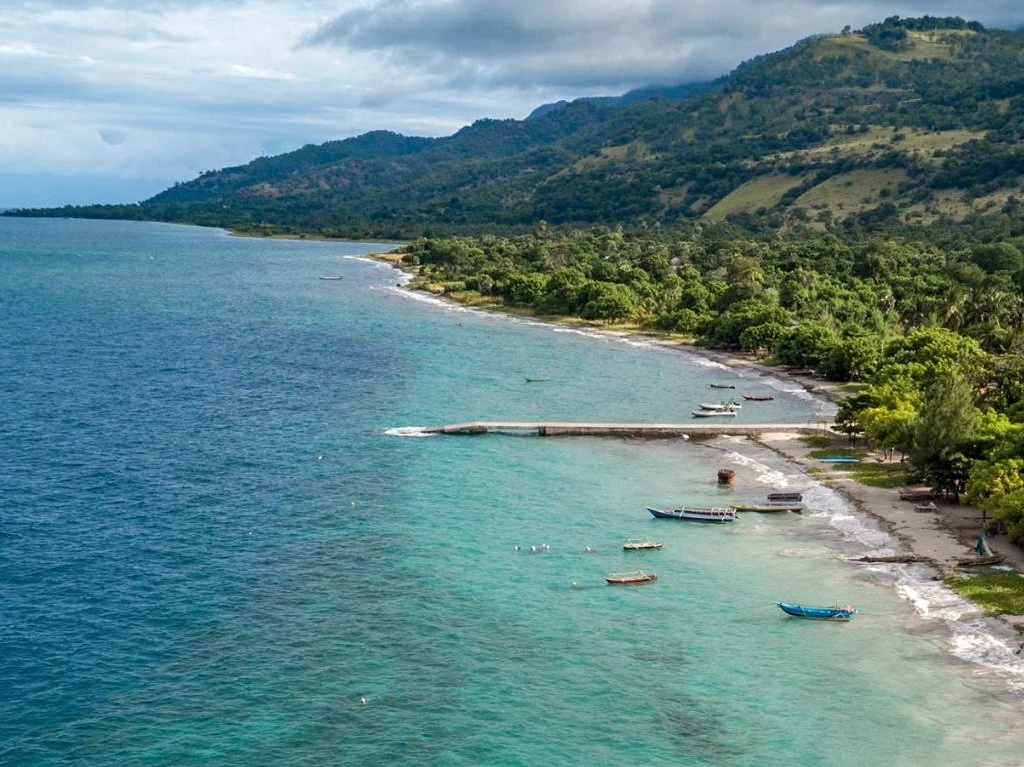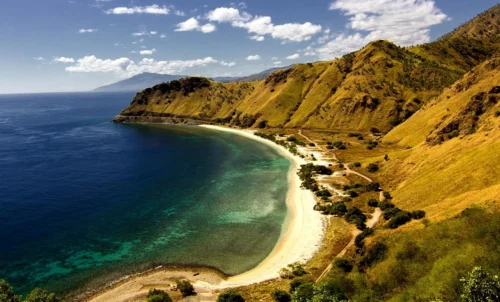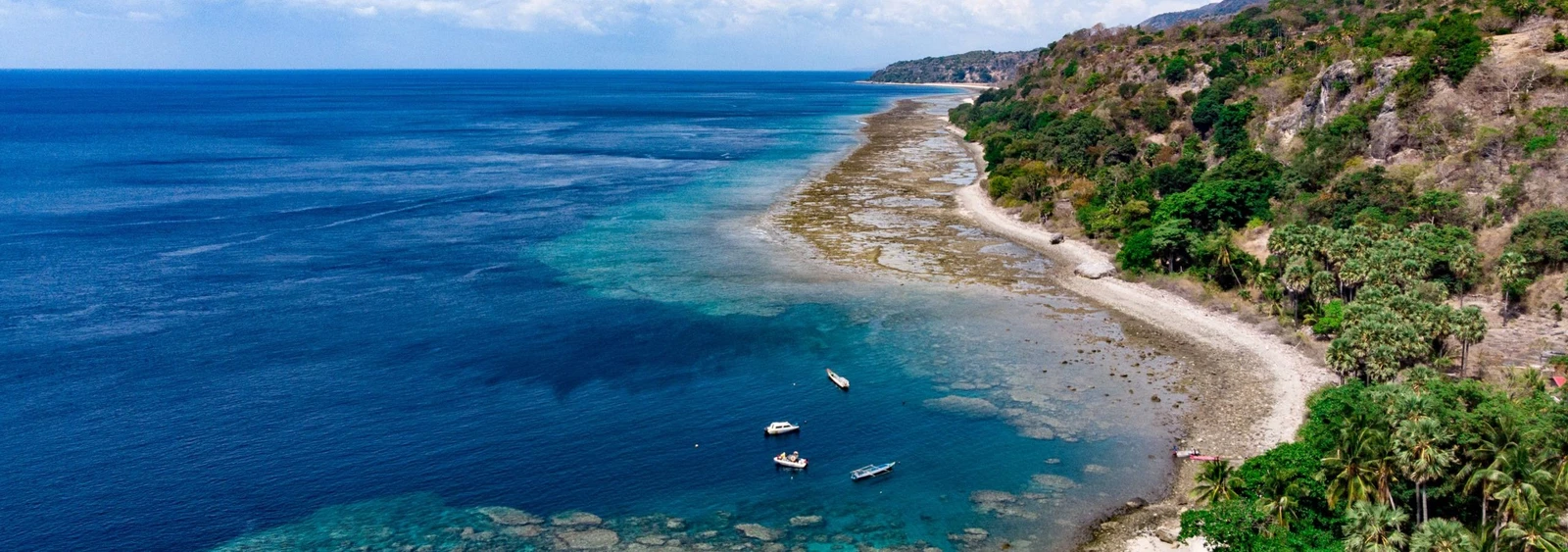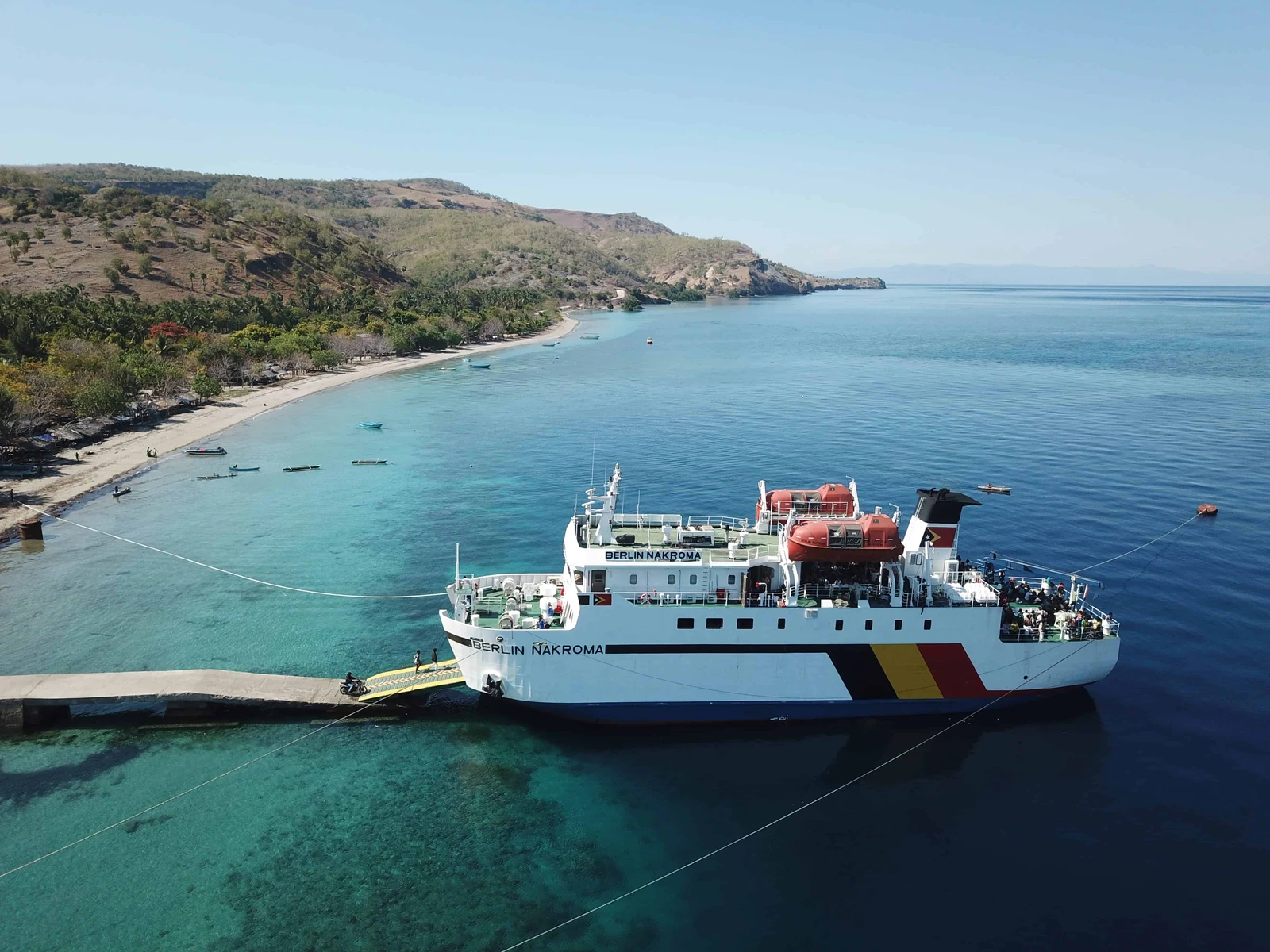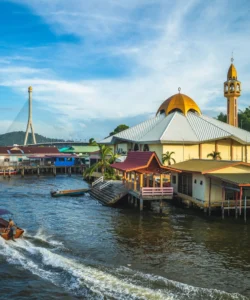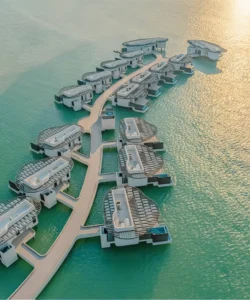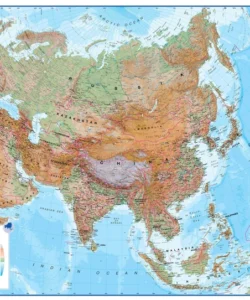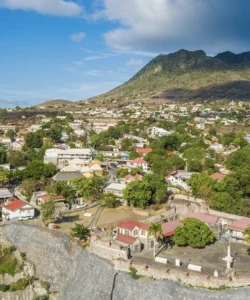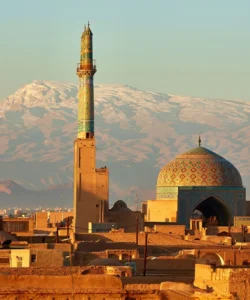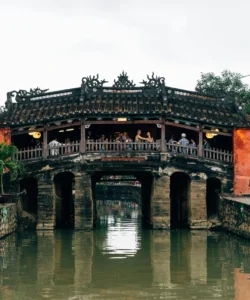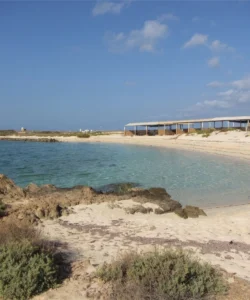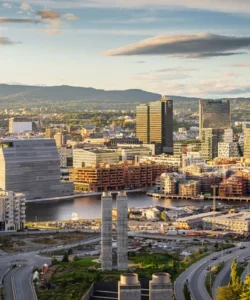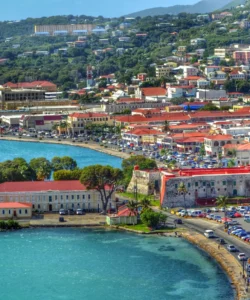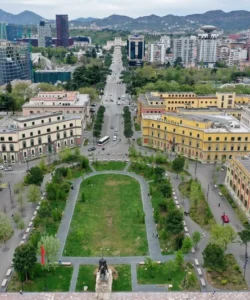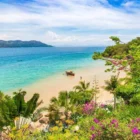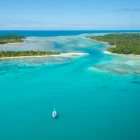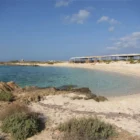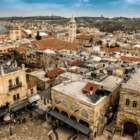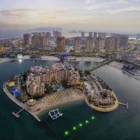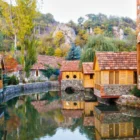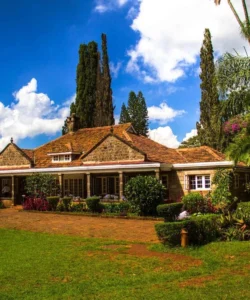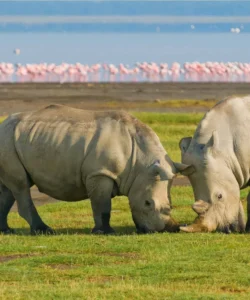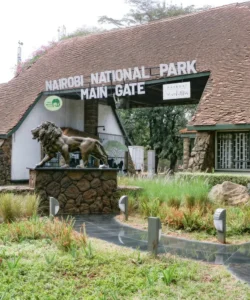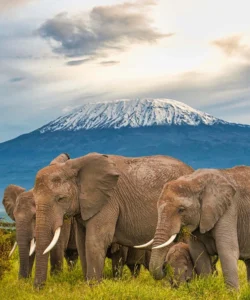Atauro Island, nestled in the Wetar Strait off the coast of Timor-Leste, is a remarkable natural wonder gaining increasing recognition as an untouched ecotourism gem. Despite its relatively small size, it boasts an incredible diversity of marine life, rugged volcanic landscapes, and a distinctive local culture.
Listen to an introduction about Atauro Island

Name: Atauro Island (Tetum: Pulau Ataúro, meaning “goat,” after the island’s many goats)
Address: Atauro Island Municipality, Timor-Leste. It is located approximately 30 kilometers (18.6 miles) north of Dili, the capital city of Timor-Leste (East Timor). The main settlement and entry point for visitors is Beloi, on the east coast.
How to Get There:
Accessing Atauro Island requires a journey from Dili, and options vary by speed, comfort, and frequency. It’s important to check current schedules as they can change.
- By Air (MAF Flights): Mission Aviation Fellowship (MAF) operates regular flights (typically Mondays, Wednesdays, and Fridays) from Dili Airport to Atauro’s airstrip. This is the quickest and most comfortable option (15-20 minutes), though luggage limits apply, and it’s pricier (around US$80 one way).
- By Public Ferry (Nakroma Ferry): The Nakroma Ferry (a government-operated vehicle and passenger ferry) is generally the slowest (2.5-3 hours) but most comfortable and affordable option (around US$4-5 one way). It typically operates on Saturdays and sometimes Wednesdays and Sundays, departing Dili in the morning and returning from Atauro in the afternoon.
- By Fast Ferry (Dragon Star Fast Boats, Laju Laju Ferry): These are quicker options (1 hour 15 minutes to 1.5 hours) and operate on more days (e.g., Thursdays and Saturdays, some also on Mondays, Fridays, and Sundays, depending on the operator). Costs range from US$10-18 one way. They can be less comfortable in rough seas.
- By Speedboat/Water Taxi (Various Operators): Several accommodation providers and dive companies (e.g., Beloi Beach Hotel, Atauro Dive Resort, Compass Diving) offer private water taxi or speedboat services for guests and sometimes non-guests if space allows, or for charter. These are faster (around 1 hour) but more expensive (US$45-75 one way).
- By Local Fishing Boats: For the adventurous and budget-conscious, it’s sometimes possible to arrange transport with local fishermen from the Dili waterfront. This is the cheapest but least comfortable and safest option (no radios, life jackets, or regular schedules).
- Important Note: All boat services are weather-dependent, and schedules can change frequently. It’s highly advisable to check the latest information with accommodation providers or tourism information sources before planning your trip.
- Getting Around Atauro: The main road connects parts of the island’s coast. Transport can be arranged by local private vehicles or tuk-tuks for shorter trips. Many visitors also explore on foot or by hiring bicycles.
Landscape and Architecture:
Atauro Island’s landscape is a dramatic tapestry of rugged, volcanic mountains plunging into clear, coral-rich waters. Its “architecture” is minimal, functional, and culturally reflective, blending with the natural environment.
- Rugged Volcanic Mountains: Atauro is a volcanic island, characterized by a rugged mountainous center and narrow coastal plains. Mount Manukoko, the highest point at 995 meters (3,264 ft) above sea level, dominates the island and provides freshwater streams. The landscape is prone to landslides, especially during the wet season.
- Varying Coastline: The coastline offers diverse scenery, from overhanging cliffs to sublime white-sand beaches. The vegetation varies from dry grasslands and eucalyptus savanna at lower elevations to semi-evergreen tropical forests in sheltered valleys on the upper slopes of Mount Manukoko.
- Pristine Beaches: The island boasts stunning, relatively untouched white-sand beaches like those at Akrema, Adara, and Iliana, often described as pristine and secluded.
- World-Class Marine Ecosystem: The waters surrounding Atauro are its crown jewel. The island lies in the Coral Triangle and holds the distinction of having the most biodiverse waters in the world, with one Conservation International survey in 2016 recording an astounding 643 species of reef fish across 10 sites, including 315 species at a single site. The reefs are incredibly healthy, vibrant, and drop off steeply into deep channels (like the Ombai and Wetar Straits), attracting both reef fish and pelagic species. The absence of large rivers means minimal sediment runoff, contributing to excellent water clarity year-round.
- Whale and Dolphin Migration: The deep channel between Atauro and the mainland is a major “highway” for marine mammals, with large populations of whales (blue whales, beaked whales) and dolphins migrating between the Indian and Pacific Oceans, particularly from October to December.
- Traditional Villages and Modest Homes: The island is home to approximately 12,000 people living in small towns and modest homes. The “architecture” is primarily simple, functional dwellings built with local materials, reflecting subsistence fishing and farming livelihoods.
- Unique Cultural Elements: Atauro has a culture distinctive from the mainland, with several indigenous dialects spoken. Many northern inhabitants are Protestants, contrasting with Timor-Leste’s Catholic majority, a legacy of Dutch Calvinist missionary influence. Traditional practices, including unique carving skills (e.g., wooden figurines and Boneca dolls), also endure. Some older men retain traditional carving skills, creating figures that once served animist rituals but now also cater to economic survival via tourism.
What Makes It Famous:
- World’s Highest Reef Fish Biodiversity: Atauro Island is globally renowned for having the highest recorded reef fish biodiversity anywhere on Earth, according to scientific surveys by Conservation International. This makes it a world-class destination for diving and snorkeling in exceptionally healthy and pristine reefs.
- Untouched Ecotourism Gem: It is celebrated as an untouched ecotourism paradise in Southeast Asia, offering a quiet tropical escape with minimal development, ideal for those seeking to unplug and immerse themselves in nature and local culture.
- Unique Cultural Identity: Its distinctive local culture, including unique dialects, Protestant communities (unusual for Timor-Leste), and traditional carving practices, offers a rich cultural immersion opportunity.
- Rugged Mountain and Coastal Hiking: Beyond the marine life, Atauro offers excellent hiking opportunities, from guided climbs of Mount Manukoko (providing unparalleled panoramic views) to coastal walks and village-to-village treks.
- Whale and Dolphin Watching: Its location on a major migration route makes it an exceptional spot for year-round whale and dolphin sightings.
- Model for Sustainable Tourism and Conservation: Local initiatives like the tara bandu system (local marine protection) and the active involvement of communities in tourism (via a small fee charged to divers/snorkelers) highlight its commitment to sustainable practices and marine conservation.
Differences from Some Other Wonders:
- Unrivaled Marine Biodiversity (Specific Metric): While Raja Ampat is considered the epicenter of coral biodiversity, Atauro Island holds the specific distinction of having the highest reef fish diversity recorded at individual sites, making it a micro-hotspot of immense importance for fish enthusiasts.
- Island Isolation with High Biodiversity: The island’s geological isolation (never connected to a mainland) and its position within the Indonesia Throughflow (bringing nutrient-rich, clean water) have allowed its marine ecosystems to thrive to an exceptional degree, even compared to other biodiverse regions.
- “Undiscovered” Feel: Compared to more established island destinations (like the Perhentian Islands or Redang Island in Malaysia, or even some parts of Indonesia like Bali or the Gilis), Atauro retains a much more raw, untouched, and “off the beaten path” feel, with very basic tourist infrastructure and fewer crowds.
- Cultural Blend with Protestantism: Its unique blend of traditional animist beliefs (still present) with a significant Protestant majority (a legacy of Dutch Calvinist missionaries) sets its cultural landscape apart from Timor-Leste’s predominantly Catholic mainland.
- Focus on Local Immersion: Tourism on Atauro is deeply integrated with the local communities, emphasizing homestays and locally run eco-lodges, offering a very direct and authentic cultural immersion rather than a resort-centric experience.
- Prison Island Past: Its history as an exile island, used as a prison by both Portuguese and Indonesian governments, adds a unique and somber historical layer not typically associated with island paradises.
- Challenging Access as a Filter: The relative difficulty and occasional unreliability of transport from Dili (especially for those sensitive to sea sickness or with tight schedules) act as a natural filter, keeping mass tourism at bay and preserving its pristine nature.

